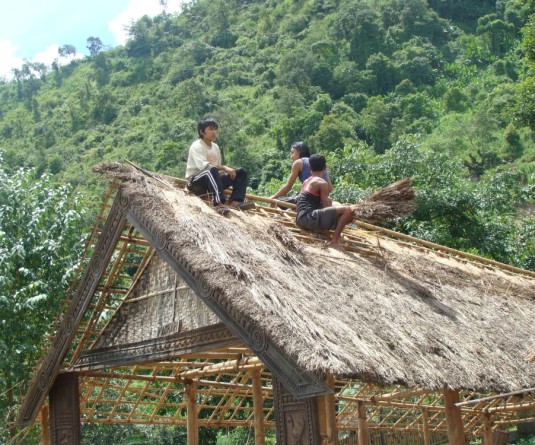Representational Image. (Morung File Photo)
.jpg)
Our Correspondent
Kohima | September 14
The Nagaland Department of Animal Husbandry & Veterinary Services recently came out with the Nagaland Pig Breeding Policy. This Policy is the first of its kind in India.
The objective of this policy is to improve productivity through genetic upgradation of the existing pig population of the state; maintain pure germ plasm of exotic breeds to meet the requirement of the state; conserve indigenous germ plasm, ensure that the breeds propagated are adapted to local climatic conditions and emerging climatic challenges and strengthen support mechanism particularly feed, housing and health care.
The policy promulgated may vary according to locations in the state considering availability of fee resources, farmers’ preference, demand, climate, altitude and so on.
Various studies conducted in Nagaland reported that pigs currently available in the state are the result of haphazard breeding within and between various breeds such as Hampshire, large black, saddle black, large white Yorkshire, Ghungroo, indigenous non- descript etc.
These breeds/crossbreeds have been developed without following any systematic and scientific breeding programme. A study conducted by the International Livestock Research Institute (ILRI), as part of Tata Trusts supported piggery development programme found that these crossbred pigs in Nagaland do not perform well even under optimum feed situations. It means that there is paucity of information about the genetic potential of available breeds/cross breeds (to perform) and the feeding and management systems that are required to support and extract best potential productive and reproductive performance from the existing pig population.
The policy stated that to address the above issue and to develop pig breeds/cross breeds that are appropriate, adaptable and productive in the small holder context in Nagaland, a scientific way of accessing the profile of existing breeds, correlating them with production performance and identifying the right breed(s) for Nagaland are very much required. This can rightly contribute in framing a breeding policy for the state.
Aimed at improving the generic trait of the existing swine population of the state in the interest of the common farmers’ economic sustainability through piggery; the state’s department of veterinary & animal husbandry developed the Nagaland Pig Breeding Policy.
Pigs reared in villages are of mixed breed and pure breeds are almost impossible to locate. Villagers buy piglets locally. Households in the villages find it difficult to provide feed due to which pig rearing is confined to backyard activity with 1-2 pigs. Pigs are slaughtered by the households itself for self-consumption, mostly during festivals. Sales are rare and take place only to meet financial exigencies. Excess pork is sold at the rate of Rs. 150-180 per kg among the villagers by the households directly.
The state pig population as per the XIXth Livestock Census 2012 stands 5, 03, 688 of which 75.59% (3,80,719) are crossbreds and 24.41% ( 1, 22, 969) are indigenous.






